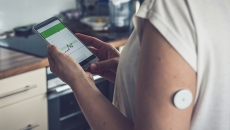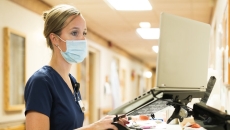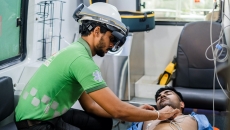Connected Health
More hospitals are coming into the fold in the coming months.
ARPA-H is launching a program to deliver acute care in rural settings via a multipurpose delivery platform "that is as convenient as telehealth."
Also, Konkuk University Hospital is joining the latest R&D initiative in South Korea to further enhance Alzheimer's diagnosis through AI.
A newly established research centre is building a chronic disease management system to enable access to comprehensive patient data.
Microsoft, Google, the Santa Clara County Independent Physician Association, UCSF Health, Mayo Clinic and the American Heart Association are partnering with the company to put clinically managed artificial intelligence providers in patient homes.
A telehealth expert offers a look at the year ahead, where he also sees more growth in virtual chronic care management and employer-based care.
Remote Patient Monitoring
Done right, more widespread adoption of remote patient monitoring will offer breakthrough innovations where healthcare delivery can be improved, clinician workloads can be right-sized and better patient outcomes can be achieved, an expert says.
It is doubling down on data access to enable personalised care and connected health over the next decade.
1990 Suwa Seriya, now equipped with Mediwave's emergency response suite, posts a response time of 11 minutes and 38 seconds.
Remote Patient Monitoring
The health system and health plan has seen a 4-times ROI from its durable medical equipment technology work with its healthcare at home program. What's more, Geisinger has reduced overall turnaround time by 83%.








